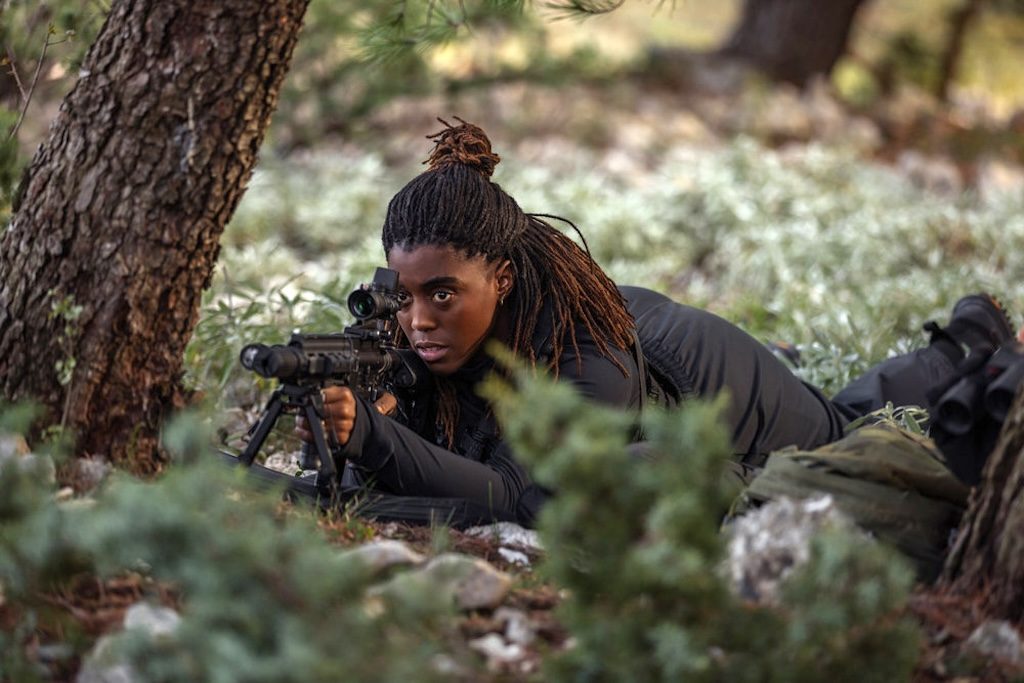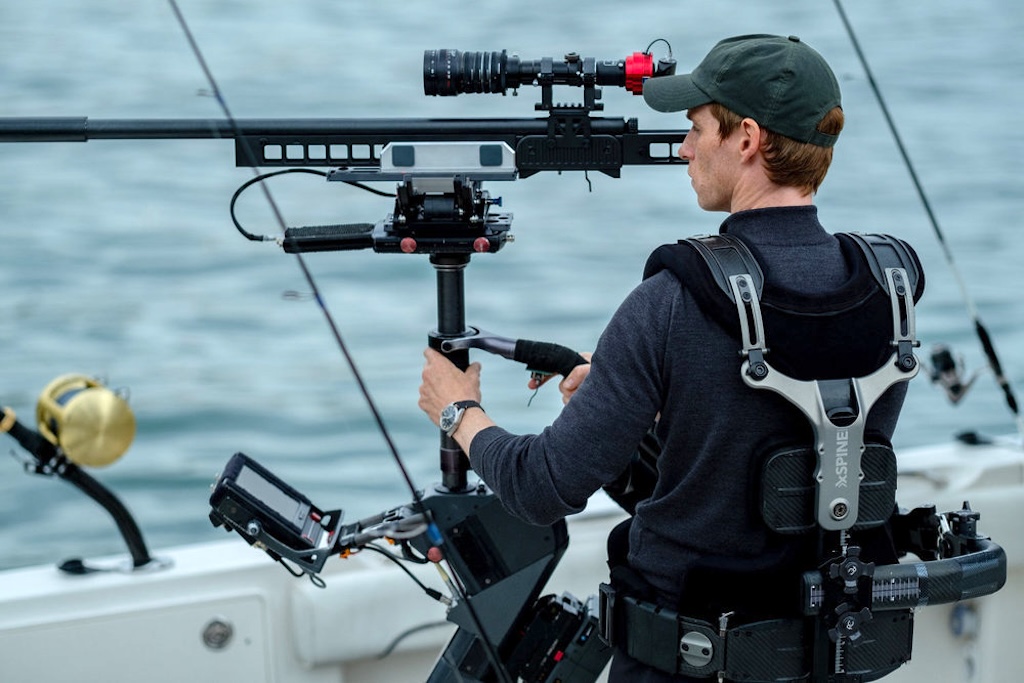The Day Of The Jackal burst into the literary consciousness with the riveting Frederick Forsythe novel about a lone wolf assassin contracted by a paramilitary group to assassinate French president Charles de Gaulle. It was soon followed by a film in 1973 directed by Fred Zinneman.
After a more than two decades period in the public subconscious, the Jackal returns as a television series starring Eddie Redmayne as the elusive assassin and Lashana Lynch as Bianca Pullman who takes him down.
Ronan Bennett, who created the television series, shares his insights with Creative Screenwriting Magazine about injecting new excitement in the familiar political thriller genre.
“The original material is over fifty years old so it’s the analog. We are very much the digital version,” states Bennett. Part of the upgrade was deciding what story elements from the book and movie would or wouldn’t work in the modern incarnation.

Ronan Bennett
The screenwriter cites an example from the analog versions where the Jackal wants to apply for a British passport. He visits a graveyard and finds the name of boy who died in the same year he was born and proceeds with the necessary paperwork. Obtaining a false ID in this way was ingenious for the time, but clearly would be more difficult to do today.
What Makes The Day Of The Jackal So Interesting?
Forsythe created the character of a lone assassin which Bennett built upon. “His dedication to the job, his ingenuity and his ability to think on his feet to improvise make him notable,” adds Bennett.
The writer read the book several times before he started writing his television series. Forsythe was a journalist who knew the importance of authenticity and meticulous detail. Zinneman captured this in his film. Bennett replicates and modernizes it.
Bianca Pullman (Lashana Lynch) is the British Intelligence Office who tracks down The Jackal in a nail-biting chase across Europe. The main goal in modernizing her character is comparing how law enforcement was perceived in the 70s compared to today.
“The audiences liked that somebody was on the side of right and was going to sort out the problem so they put their faith in that person,” says Bennett of the original character.
“There’s a very diligent French police officer, who is moral, humble, and very dedicated and fits that notion of a public servant who would get the job done. I think things have changed dramatically in the last fifty years and our view of law enforcement now is much more cynical,” notes Bennett.
In modern times, there are more rogue operations, corruption, and use of unnecessary force. Bianca captures a hybrid of the modus operandus of both the old and new school law enforcement.
“I wanted to make Bianca a formidable opponent in the sense that she was absolutely equal to The Jackal in terms of her ruthlessness, her attention to detail, and her willingness to put the job in front of everything else, including her family. But I also wanted to make sure that we reflected this more cynical view where the police aren’t necessarily treated as heroes.”
“That mix of ruthlessness, determination, and attention to detail matches the Jackal, but also she has the added value. She’s not bound by the rules and the code of honour of the original French policeman in the original,” he elaborates.
Blending Personal And Professional Lives
A notable upgrade to the main characters is the increased focus on their personal lives outside of their professional ones.
In the original material, The Jackal is an enigma throughout. “We never even get to know his real name by the end of the film or the book. He has no family, no relationships, other than the one with the gun maker,” states Bennett.
The writer replicated this mysterious persona in his television adaptation, but conceded that it was difficult to sustain interest in him in ten hours of television as opposed to a two hour movie.
Bennett decided that The Jackal needed some kind of context in a home life to flesh out his character. “What could that be and what impact would it have on him? And ultimately, it is the thing that brings him down. He escapes after the assassination on the boat. It’s a rough ride. He has a lot of scrapes, but he does get away and his mistake is to go home.”
“Bianca has got a lovely family, her husband is loving and supportive. She’s got a kid. And she understands that they are a dead weight for her.” So she leaves them behind. “The Jackal comes home and she leaves home.”

Bianca Pullman (Lashana Lynch) Photo by: Marcell Piti/ Carnival Film & Television Limited)
Both Bianca and The Jackal have a skewed sense of morality – they get the job done at any cost. Ronan doesn’t consciously write such characters with that in mind. “I hate characters explaining themselves. What we connect with as audiences is if we see that these people are actually really good at what they do, really detailed. and meticulous. They are clever.” That sustains interest.
“I tell the story. I put the character in places where they’re bound to get into trouble and have to do things that are dubious and morally questionable. And then I let them get on with it,” quips Bennett.
It’s a tall order to ask the audience to invest in The Jackal after killing his comrades in Afghanistan so he can erase his traces and start a new life – but audiences still don’t lose sympathy for him and want him to survive.
Ronan noticed that audiences were tougher on Bianca’s character. “She’s a woman who doesn’t have a very big maternal instinct on display and is always putting the job first.”
What Ronan Bennett Learned From Steven Spielberg
The Day Of The Jackal features relentless, heart-stopping action. At various pit stops, the characters pause for some tender, character-revealing moments. Audiences also need a moment to recalibrate.
Ronan Bennett applies a lesson he learned from Steven Spielberg while he was making Raiders Of The Lost Ark. “You have your ingenious set piece, create the tension, and then there would be downtime and let the audience breathe. There’s a rhythm there.”
Bennett uses this template to surprise the audience by finding new twists on the set pieces. When the audience is catching its breath and feeling relaxed, you can amp the action again in fresh and exciting ways.
